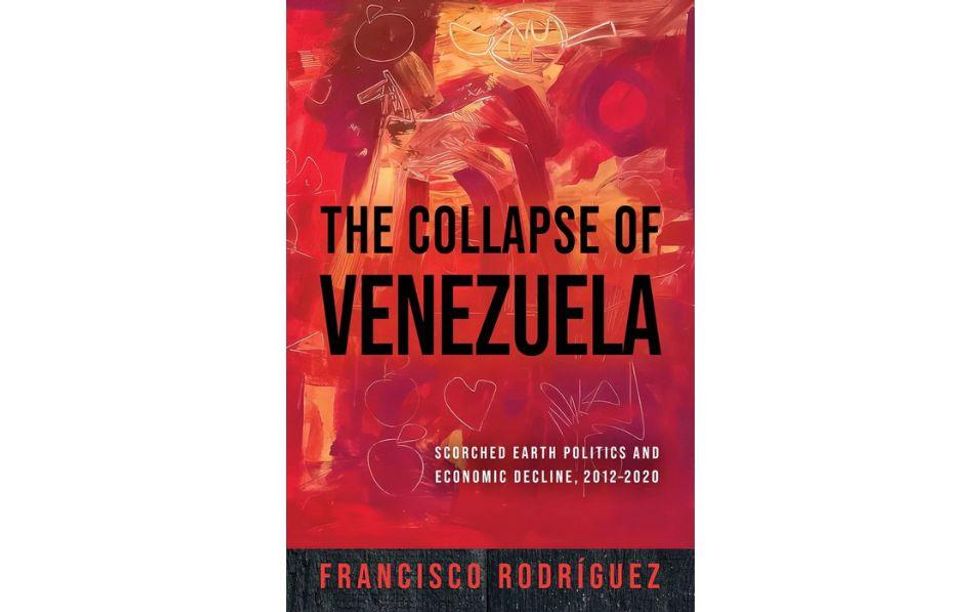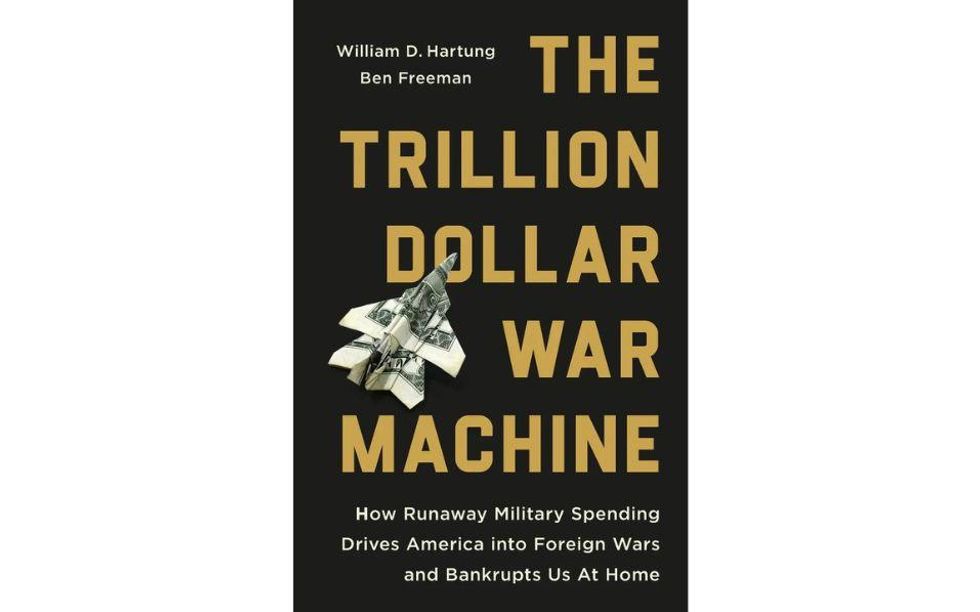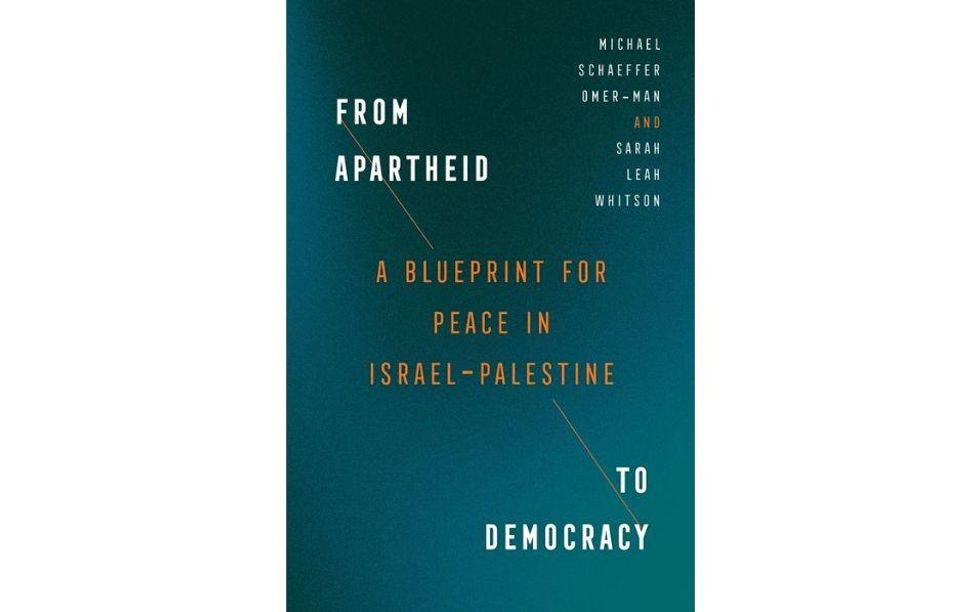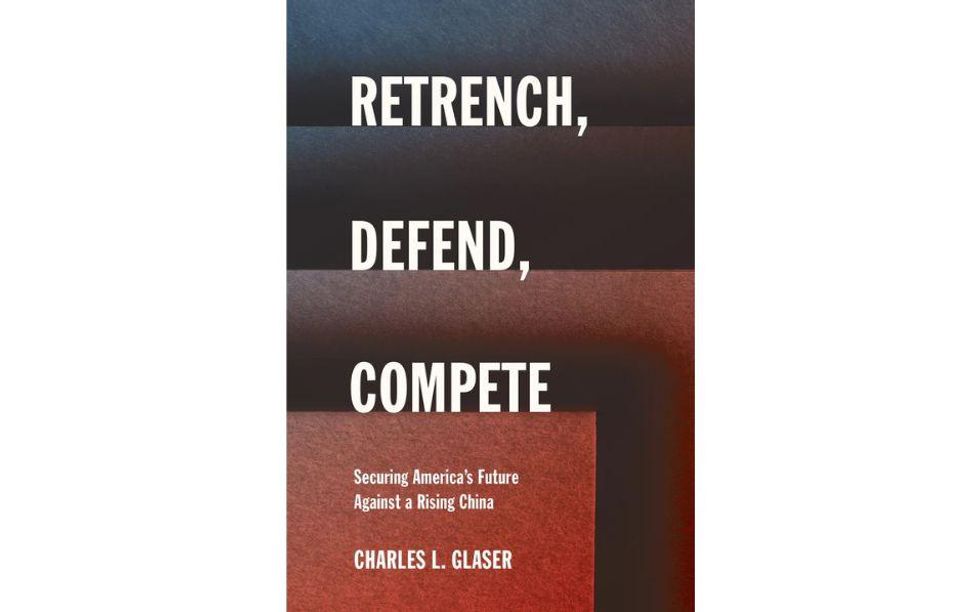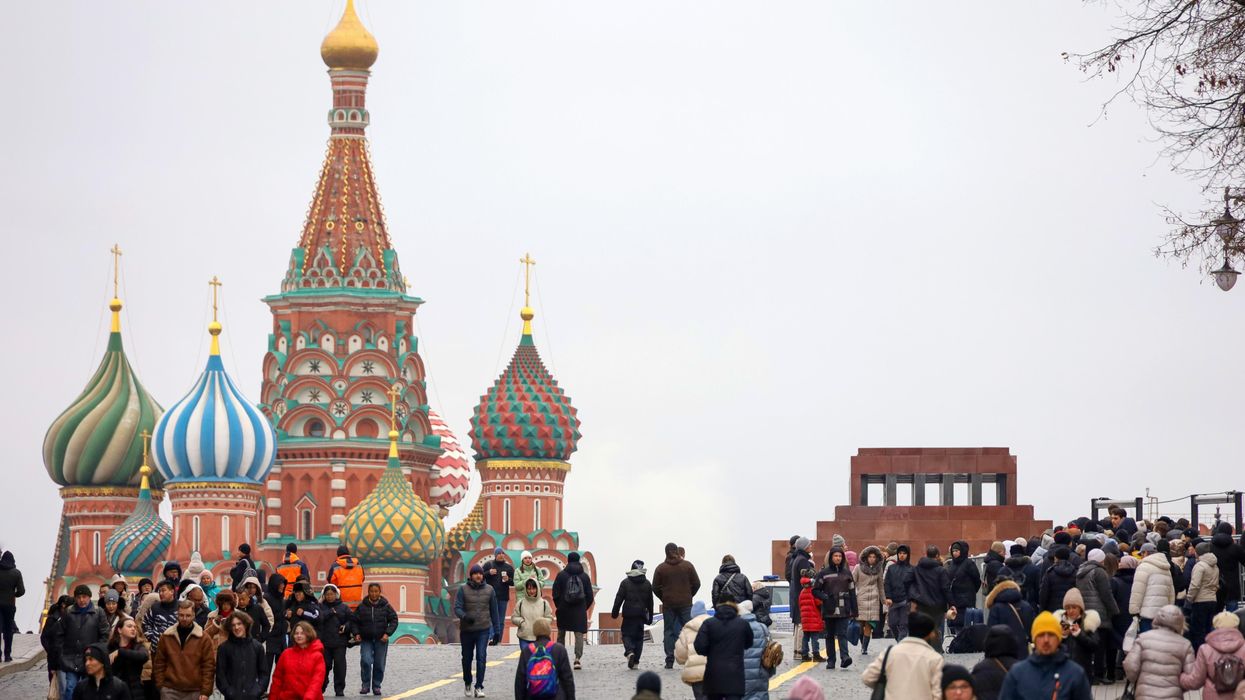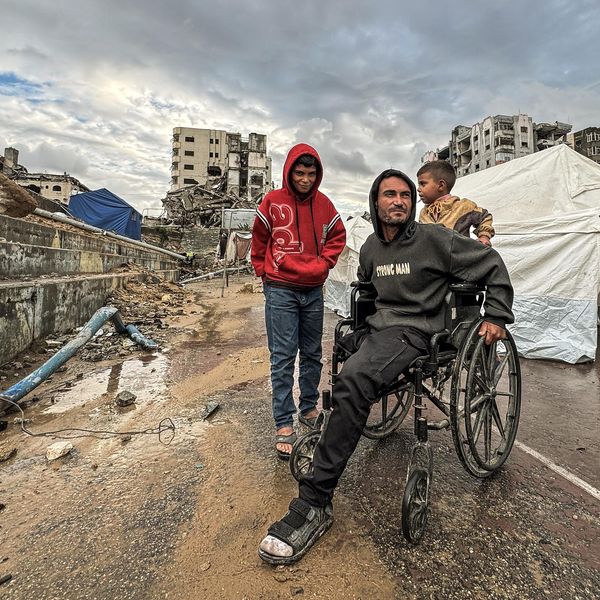The anti-Soviet and anti-communist hysteria that typified the Cold War period is to a certain extent alive and well today with the rise of China. This is particularly true regarding prevalent sentiment among the U.S. strategic class about Latin America.
Take for example U.S. Southern Command head Laura Richardson's testimony to the House and Senate Armed Services Committee in March, which invoked the word “malign” no less than 24 times: "malign actor," "malign influence," "malign effort," "malign activities," "malign intent," "malign narratives," "malign conduct," "malign action," and "malign agenda."
Often, she was referring to suspected Chinese actors, and in some cases Russian ones. This echo of the Cold War brings to mind University of California San Diego scholar Peter Smith's argument about the core of the relations between the United States and Latin America: the crucial, historical factor of U.S.-Latin America politics has been the role and activity of extra-continental actors.
According to a 2022 study by the RAND Corporation, “competition with China is qualitatively and quantitively different from competition with Russia and Iran in Latin America and the Caribbean." Moscow and Tehran may be opportunistic and provocative, but they lack the attributes to ensure an effective power projection in the area. China, however, has the resources, will, and opportunity to extend and sustain its influence. Hence, it is logical for Washington to be attentive to Beijing's messages, measures, and maneuvers.
Still, the massive size of the U.S.’s own security presence in the region — and how small China’s is in comparison — is often undiscussed in Washington. A look at the numbers suggests the idea of an imminent Chinese military threat is both exaggerated and misguided.
We could start by examining what some have called the “iron river” of arms flowing into the region. According to the latest report from the Stockholm International Peace Research Institute (SIPRI) on arms transfers, the ranking of the largest arms suppliers to South America between 2019 and 2023 was: France (23%), the United States (14%), and the United Kingdom (12%). During those years, Russia did not supply arms to South America.
An analysis of SIPRI data for 2000-2022 by Ryan Berg and Rubi Bledsoe of the Center for Strategic and International Studies shows that the United States is the source of 94.9% of Argentina's arms acquisitions, 93.4% of those acquired by Colombia, 90.7% of those acquired by Mexico, and 82.7% of those acquired by Brazil. This means that the four largest economies in Latin America have the United States as their main arms supplier.
During that same timeframe, Russia was by far the largest arms supplier to Venezuela: Caracas's purchases amounted to $4.5 billion. China was the largest supplier (66.2%) of the $77 million in arms purchased by Bolivia. Just last month, President Javier Milei confirmed Argentina’s commitment to buy 24 F-16s from Denmark with authorization from Washington.
When it comes to geographic presence, the United States maintains a large military footprint in the region through the Guantanamo Naval Base in Cuba and the Soto Cano Base in Honduras. U.S. Southern Command is responsible for three “cooperative security locations” in El Salvador, Aruba, and Curacao. For decades, SOUTHCOM has regularly conducted various types of multi-nation (such as UNITAS, Tradewinds, PANAMAX, and Southern Cross) and bilateral military (for example, Southern Vanguard with Brazil and Relámpago with Colombia) exercises on land, sea, and air. Russia has occasionally conducted military exercises with Venezuela and Nicaragua. China participated in a sniper test in Venezuela in 2022, and Beijing has increased its offering of courses and educational programs for military officials from Latin America.
The United States, for its part, maintains its Western Hemisphere Institute for Security Cooperation, which replaced the controversial School of the Americas that trained anti-communist military forces during the Cold War. According to a Congressional Research Service report, Security Force Assistance Brigades were established in 2018 and distributed across six commands, including the U.S. Southern Command: "the first SFAB maintains a persistent presence in Colombia, Honduras, and Panama, while also expanding episodically to Peru, Ecuador, and Uruguay."
Also, the National Guards of 18 states plus Puerto Rico and Washington D.C. have agreements with 24 nations in Latin America. Meanwhile, Washington has designated Argentina (1998), Brazil (2019), and Colombia (2022) as non-NATO allies. Nothing similar occurs with China or Russia in Latin America.
China agreed with Argentina during the center left government of Cristina Fernández (2007-2015) to establish a Deep Space Station in the province of Neuquén. The arrangement meant the construction of a facility for tracking, command, and data acquisition, facilitated by a deep space antenna. The next government of the center right Mauricio Macri completed its construction by 2017 and in 2018 it swung security relations back toward the United States, securing Southern Command financing for an Emergency Operations and Coordination Center in Neuquén. This is part of SOUTHCOM’s humanitarian assistance programs and exercises. In fact, several radar stations throughout Latin America are operated by SOUTHCOM.
Another data point is security ties through their total dollar flows. The latest Congressional Research Service report on U.S. aid to the region reveals the extent of Washington’s support for anti-drug efforts in the area over the years. Between 2000 and 2022, U.S. assistance to Plan Colombia exceeded $13 billion, while for the 2008-2021 period, aid for Mexico’s Mérida Initiative amounted to $3.5 billion.
From 2010 to 2022, funding for the Caribbean initiative totaled $832 million, while from 2008-2020, the Central American initiative received $2.9 billion. While not all of that assistance has been military in nature, out of the total U.S. assistance to Latin America for 2024, security-related funding amounts to 26.6% or $658.3 million. In no way has China shown the willingness to provide such extensive assistance on security issues, nor get involved in aiding anti-narcotics initiatives in the region.
We can also view the U.S. regional footprint through its influence on the high seas. In 2020, the U.S. Navy announced that the U.S. Fleet Forces Command would be renamed the Atlantic Fleet to focus on closer regional threats. And in 2008, the Navy re-established the 4th Fleet with a purview over the Caribbean and Central and South America. Moreover, three of the last six commanders of Southern Command have been from the Navy.
Meanwhile, since 2020, the U.S. Coast Guard has expanded its activities in Central and South America. Washington has turbocharged its naval deployment as part of efforts to combat Chinese illegal fishing. While Beijing aims to be a naval power with global reach, its presence in Latin America is limited. The U.S. strategy of denial of space and anti-access in the maritime domain shows clear signs of strength. If understood as a design to limit (denial) or prevent (anti-access) an enemy force from advancing in its operational area, the United States has boosted its position.
The total U.S. military footprint in the region is much broader and includes cooperation deals surrounding ports, aerospace, and inland rivers. No Chinese analogues to these agreements exist. What becomes clear, when looking at this portrait, is that it appears that China is highly cautious about extending its military reach in Latin America likely because it knows that could cause tensions with Washington. Instead, it has focused, to considerable success, on economic engagement in the area, with trade, investment, and finance.
Beijing’s regional economic engagement has not stopped Washington from sounding the alarm about supposed Chinese malefic military projection. It is no secret that doing so bolsters the justification for Washington’s own military spending. Indeed, SOUTHCOM has requested a near 50% budget increase for 2025. In a Latin America awash with sky-high homicide rates and firearms among the leading causes of death, rightsizing the Chinese military presence leaves us with a provocative question: what good is U.S. arms racing with a nowhere-near-peer competitor doing for the region?
In short, the military preeminence of the United States in Latin America is undeniable. In practice, in defense and security matters, Washington has been reaffirming and strengthening its presence in the area. China's pragmatic projection of economic power has made undeniable progress. But the preponderance of the United States in the military realm has not weakened nor is it close to being replaced.
What is evident is that the notion of an imminent Chinese military threat is exaggerated and misguided, especially when the material projection of the United States in the region is less significant and more rhetorical. By now it is obvious that the U.S has militarily outcompeted China in Latin America and Beijing is very far from displacing Washington on regional defense and security matters.
- How the US should respond to Russian influence in Latin America ›
- Pushing the Global South into China's embrace ›
- The tedious China scare in Latin America ›
- US general wants 'Marshall Plan' to counter China in LatAm | Responsible Statecraft ›
- With Rubio, Waltz, a harder line on Latin America looms | Responsible Statecraft ›
- Honduras threatens to boot US Military from base | Responsible Statecraft ›
- Lobbyists pushing disastrous 'Plan Ecuador' for struggling president | Responsible Statecraft ›
- What awaits Marco Rubio in the Caribbean | Responsible Statecraft ›
- Latin America's hidden role in shaping US foreign policy | Responsible Statecraft ›
- Bolivia elections could signal final break with Evo Morales era | Responsible Statecraft ›
- Why Ecuador went straight to China for relief | Responsible Statecraft ›
- How US incompetence empowers China in Latin America | Responsible Statecraft ›





